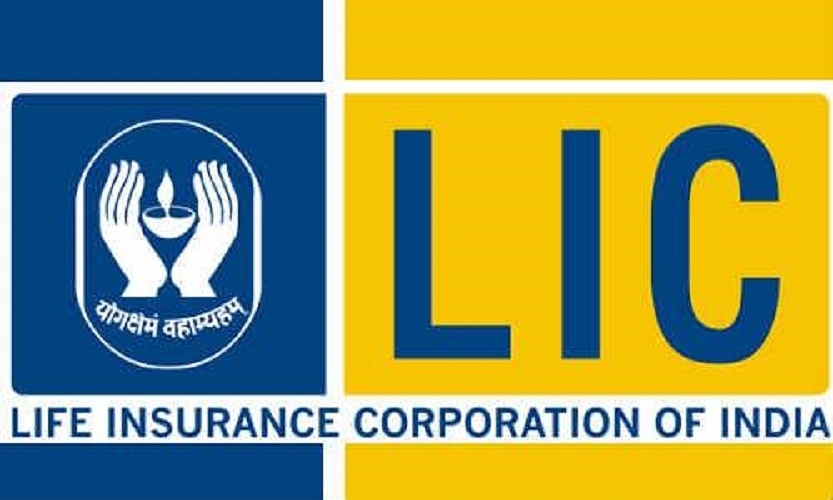Economy
Booty From Suuti: Rights & Wrongs Of LIC Bailing Out FM’s Disinvestment Plan
- The LIC, which is fully owned by the government, has no way of protesting against this decision to divest in its favour, regardless of investment merit.
- There are smart ways of using institutions like the LIC and GIC or SBI, but doing it clandestinely as a bailout exercise is not on.

Photo credits-Wikimedia
One can make two critical points about the government’s decision to sell a 2 percent stake in ITC, held through the Special Undertaking of UTI (SUUTI), to the Life Insurance Corporation (LIC):
One, it can be labelled as yet another misuse of the finance ministry’s powers. The LIC, which is fully owned by the government, has no way of protesting against this decision to divest in its favour, regardless of investment merit.
This has happened so often in the past, that even business newspapers have stopped commenting on it as a bad practice. The other point is to ask whether the LIC is acting to please its apparent boss, the government, or its real bosses, the policyholders whose fiduciary interest it must hold sacred.
But there is a less critical way of looking at this deal, which raised Rs 6,690 crore in the blink of an eye without impacting the market price. There can be strategic thought behind this apparent misuse of the LIC’s investment muscle, if (a big if, one may add) the idea is to use LIC only as a parking place for tentative disinvestment. The ultimate idea is to flog the shares in the market.
But for this to be an acceptable practice, the LIC should create a special purpose vehicle (SPV) where it can house shares thus disinvested. It can then sell the purchased shares piecemeal, in small lots and at the right time. What should not be done is to mix-up disinvested shares in the LIC’s regular portfolio, where it is far from clear that the investment decision was made autonomously, free from finance ministry arm-twisting.
Using the LIC as a halfway house for disinvestment vehicle has a few advantages, provided it is done transparently.
First, large chunks can be sold quickly, without impacting the market price. Offers for sale (OFS) through the stock markets ought to be the preferred option, but when the idea is to raise a large amount quickly, OFS often does not work. In 2012, when Pranab Mukherjee’s OFS of ONGC stock failed to elicit a decent market response, he got LIC to bail him out. So, normal routes for disinvestment can be misused as well as the direct LIC route. The idea should be to use the LIC strategically, and not opportunistically.
Second, money can be raised when the market is down, with government entering a deal with LIC to share the gains when the shares are sold for a higher price at a more opportune moment.
But transparency rules are key.
#1: The purchases should be done through the SPV route, and not mixed up in the LIC’s own investment portfolio. This way even if the LIC ends up making a loss on the disinvested share, it will be clear, and policyholders’ money will not be impacted. The government should compensate LIC for losses at annual or other intervals, and share the gains, if they happen.
#2: Rather than just use one LIC, the SPV should have a capital base contributed by many big financial institutions so that the risks are shared. Using only the LIC as buyer of the last resort is wrong in principle, and a serious misuse of policyholders’ funds.
#3: In case the LIC, or any other financial institution, wants the shares disinvested for its own investment portfolio, this should be made clear to the stock exchanges and not done opaquely. The investment committees should post statements about shares bought for their own portfolios, and share to be offloaded later. This way their actions may be seen as bonafide, and not the result of government pressure.
There are smart ways of using institutions like the LIC and GIC or SBI, but doing it clandestinely as a bailout exercise is not on.
Introducing ElectionsHQ + 50 Ground Reports Project
The 2024 elections might seem easy to guess, but there are some important questions that shouldn't be missed.
Do freebies still sway voters? Do people prioritise infrastructure when voting? How will Punjab vote?
The answers to these questions provide great insights into where we, as a country, are headed in the years to come.
Swarajya is starting a project with an aim to do 50 solid ground stories and a smart commentary service on WhatsApp, a one-of-a-kind. We'd love your support during this election season.
Click below to contribute.
Latest